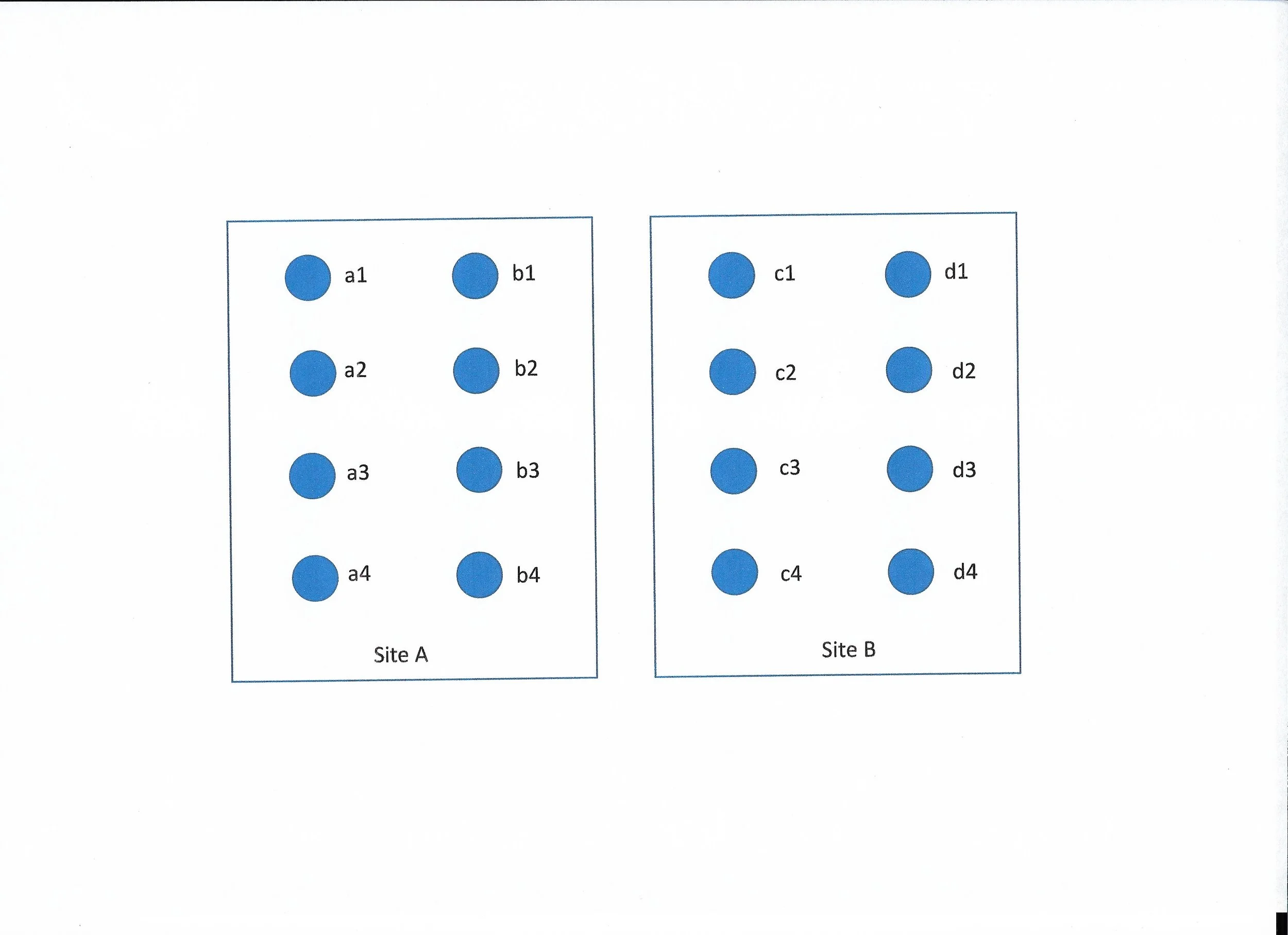MODULE 1
Ecosystem
Preparation
Permissions:
• If activities take place on Council, or privately owned ground, contact the relevant authority, and inform your intent, seeking their approval.
• If traps are installed in State or Federal Government land, you will require a Licence to Take Fauna for Education or Public Purposes from the Department of Biodiversity, Conservation & Attractions (DBCA) at www.dbca.wa.gov.au
• Contact the website and follow the prompts. Note that 20 days are required for processing the application. Address queries to: www. wildlifelicensing@dbca.wa.gov.au
• Organise school permits for students to be off-site.
Science Notebooks:
• Each student prepares their notebook accessing Bush Library, (TOOLBOX) with a picture of the trees, plus its leaf and nut, one per page, leaving space to record counts. The number of trees to identify should be between 3 and 5 (i.e. 3 to 5 pages).
• Students will take their prepared notebook and pencil, on site. They may have a good memory, but measurement and recording are the basis of science, and an important part of science communication.
Choose the Sites:
Both sites should have trees (up to 3 species) and sufficient clear ground nearby to insert pit-traps arranged in a grid pattern.
• Site A may be in the school grounds, or nearby, and accessible for Year 3 students.
• Site B may be some distance from the school, perhaps in a local Government Reserve or a natural area on a private property. On Country work may be better suited to Year 4 students.
Reserve wall space for an installation (Ecogram) and for a word wall:
• a large space is required for students to re-create their bush as artwork.
• a small shelf below it is preferable.
On Country Protocol:
Discuss with students the requirements for investigating the bush as a scientist. It is two-fold:
1. For the protection of the student (long pants, covered shoes, hat, and sunscreen)
2. Respect for the environment. Rules to observe are:
• do not pick flowers
• do not disturb animals apart from those you have permission to trap
• stay on tracks where possible
• look where you walk
• restore the holes made for pit-traps
• return all collections (both plant and animal) to the bush
Bookshelf:
• Can you Hear the Trees Talking? (Peter Wohlleben, 2019). A photographic, informative text good for extending interested students. www.booktopia. com.au
• The Big Book of Bugs (Yuval Zommer, 2016). A well-illustrated and informative text for interested students. www.kmart.com.au
• The Forest in the Tree: How fungi shape the Earth, (Ailsa Wild, Aviva Reed, Briony Barr & Gregory Crocetti, 2020). An illustrated story exploring the vital role of fungi. www.Amazon.com.au
• Dingo’s Tree (Gladys and Jill Milroy, 2011). A cautionary tale about the destruction of an ecosystem. www.booktopia.com.au
Additional resources:
• Noongar Bush Tucker – Bush food plants and fungi of the south-west of Western Australia (Vivienne Hansen and John Horsfall, 2019). UWA Publishing.
• Kaartdijin Noongar – Noongar Knowledge at www.noongarculture.com.au
• Ballardong Noongar Waangkiny at https://www. wheatbeltnrm.org.au/our-information/knowledge hub
Collect Pit-traps:
• these are preferably glass (small animals find it difficult to climb out) and must have lids.
• the opening of the jar should be a minimum 100 mm in diameter and the jar should be 100 mm in height.
Trapping Plan:
• Draw up a plan on the class screen (as in the example).
• Assign each student, (or pair) a number in a designated trap-line.
• In the example (if working in pairs), 16 students explore site A, and 16 in Site B.
• If more pits are required, add them as another line, extending the grid. This shape will maximise the catch.
• It is important to have the same number of pits in the 2 sites, as only then can a valid comparison be made – introducing students to a ‘fair test’.
• For the same reason, pits should be inserted in the 2 sites in the same week.
Trapping Grid
